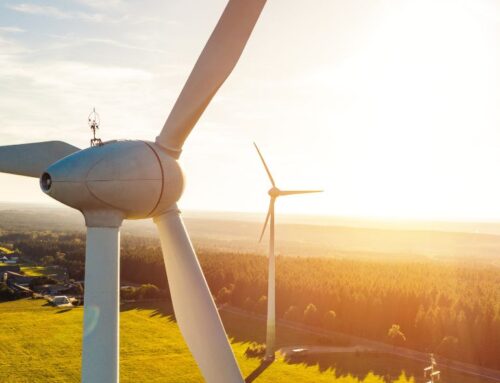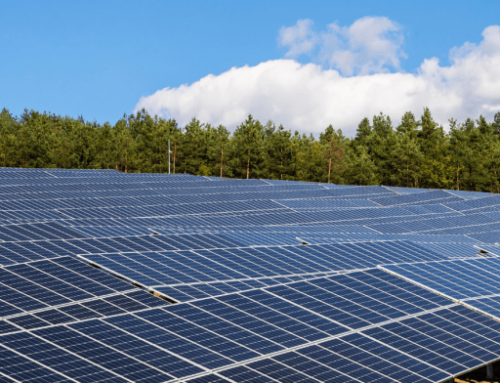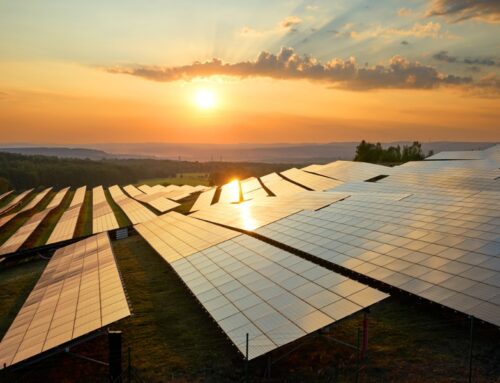Alaska Environment On Slow Renewable Energy Increase In State
October 24, 2024
The following is courtesy of Alaska Environment:
New analysis: Alaska’s renewable energy generation has only grown by 2% in the last decade, lagging behind national pace
Interactive dashboard allows users to explore clean energy growth in Alaska and nation over the past decade, identify room for improvement
ANCHORAGE, Alaska– Alaska gets the equivalent of approximately 2.6% of its retail electricity from solar, wind, and geothermal, ranking it 44th in the nation according to the Renewables on the Rise 2024 released Wednesday by Alaska Environment Research & Policy Center. The renewable energy produced is enough to power 14,293 homes. That lags behind the national rate, where in 2023, 16% of total U.S electricity generation came from solar, wind, or geothermal energy sources.
This analysis comes as the railbelt faces a looming natural gas shortage, a new coal plant is being considered, and federal funds for renewable energy infrastructure are plentiful.
“We have a lot of reasons to develop a truly sustainable and resilient energy system in Alaska, and now is the time to dive in,” said the State Director of Alaska Environment, Dyani Chapman. “One way or another, rate payers are going to be investing in new infrastructure in the next few years. Energy sources that won’t run out and protect our air, water, and climate are the ideal, so it only makes sense to invest in the infrastructure that will benefit future generations of Alaskans.”
Even though Alaska hasn’t made the overall renewable energy leaderboards, there is growth to build on.
- By the end of 2023, electric vehicle registrations rose by more than 5,000% from a decade ago.
- Part of that change comes from the necessary infrastructure being built: by the end of 2023, 124 EV charging ports were open to the public compared to only one in 2014.
- There was also essentially no grid-connected solar in Alaska in 2013, and now panels provide energy for the equivalent of 2,191 homes.
- Alaska also has the 12th largest battery energy storage capacity in the nation.
That said, almost all of Alaska’s tremendous clean energy potential remains untapped. To harness this potential, the report authors recommend that state and local governments set clean energy goals with clear benchmarks and leverage federal resources to hit them. Lawmakers and regulators should ensure that utility policies fairly compensate investors in clean energy technology and adopt policies for permitting and interconnection that make adopting clean energy technologies hassle-free. The federal government, states and localities should cut energy waste by expanding efficiency programs and policies, including utility energy efficiency programs, energy codes for buildings and appliance efficiency standards.
In addition to highlighting states that have made the most progress in adopting renewable energy technologies, the research also details the rapid gains achieved nationally over the past decade. According to the report, America produced more than three times as much renewable electricity from the sun and the wind in 2022 as in 2013.
The Renewables on the Rise 2024 dashboard documents the growth of six key clean energy technologies across the United States over the past decade: solar power, wind power, battery storage, energy efficiency, electric vehicles and electric vehicle charging stations.
“This report offers a timely reminder that we have an immense, largely untapped opportunity when it comes to clean energy here in Alaska and we should take full advantage of federal tax credits, grants and rebate programs to help realize our clean energy potential,” Chapman said. “Alaskans are already reaping the benefits of the progress we’ve made so far, but there is so much more we can do to usher in the clean, renewable energy future we need.”
###Alaska Environment Research & Policy Center is dedicated to protecting our air, water and open spaces. We work to protect the places we love, advance the environmental values we share, and win real results for our environment. For more information, visit www.alaskaenvironmentcenter.org
Search
RECENT PRESS RELEASES
Related Post




